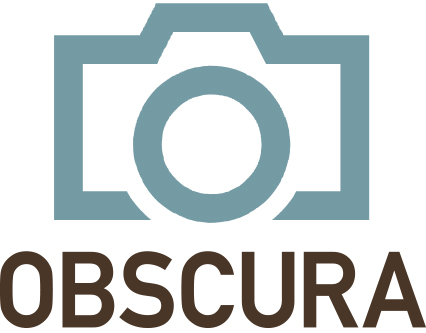Is Virtual Art the Future of Creativity?
Have You Experienced Virtual Art?
Every art piece demands a certain level of immersion and engagement from its viewers, but art experienced via VR googles takes things to an entirely different level. Virtual art, VR art or virtual reality art are all terms we use to describe the virtualization of art, made with the technical tools developed in recent decades. The development of computers and other tools such as “visualization casks, stereoscopic spectacles and screens, digital painting and sculpture, generators of three-dimensional sound, position sensors, tactile and power feed-back systems transforms artwork into a virtual universe and allows viewers to get in and edit. This deep level of immersion and personal involvement and the application of specific technical tools are the main characteristics of what we refer to as virtual art.
Unlike many other art forms, virtual art cannot exist without the observer, but at the same time, it erases the difference between the viewer, the creator and the artwork itself. It merges all three in one by letting the viewers control their surrounding with gesture and movement, by giving them different paths of exploring the artwork and by integrating the participants into the piece itself (sometimes through breathing, speech or video clips, other times through virtual representation of the participant aka the avatar).
A Milestone Event
Recently, a blockchain crypto-art rose titled "Forever Rose" has been sold to a collective of investors for cryptocurrencies with a value equivalent to $1,000,000 USD. The collective is composed of 10 investors, each of whom contributed an equal amount toward the digital rose. The artwork is based on Kevin Abosch's photograph of a rose and was created by Abosch and GIFTO, a decentralized universal gifting protocol. Blockchain technology is behind cryptocurrencies like bitcoin and rights management platforms like KODAKOne. The tech can also be used for art, as demonstrated by Abosch with "Forever Rose." Abosch previously sold an image of a potato titled "Potato #345" in 2016 for more than $1 million.
Forever Rose is believed to currently be the most valuable virtual artwork in the world. The buyers can choose to hold onto their rose tokens, sell them, or give them away. Abosch and GIFTO will donate the sale proceeds to The CoderDojo Foundation, which provides kids around the world with the opportunity to learn coding skills for free.
What is the Future of Virtual Art?
The future of Virtual Art will in many ways depend on the development of components that will be available to future art-makers. The first wave came instantly and gained immediate attention around the globe. But shortly after, virtual art began to fade a bit, since the possibilities of the latest equipment was quickly exhausted. But technological progress continues, and now you can make paintings, sculptures, even murals by using VR tools but still there’s a long way to go, and developers know it. With its ability to simultaneously occupy all our senses, transcend time and space and present the work from numerous perspectives, virtual art offers something that no other art genre does: the complete and impeccable substitute for reality.
Let us know your thoughts or your experiences with virtual art… and as always, keep creating!





